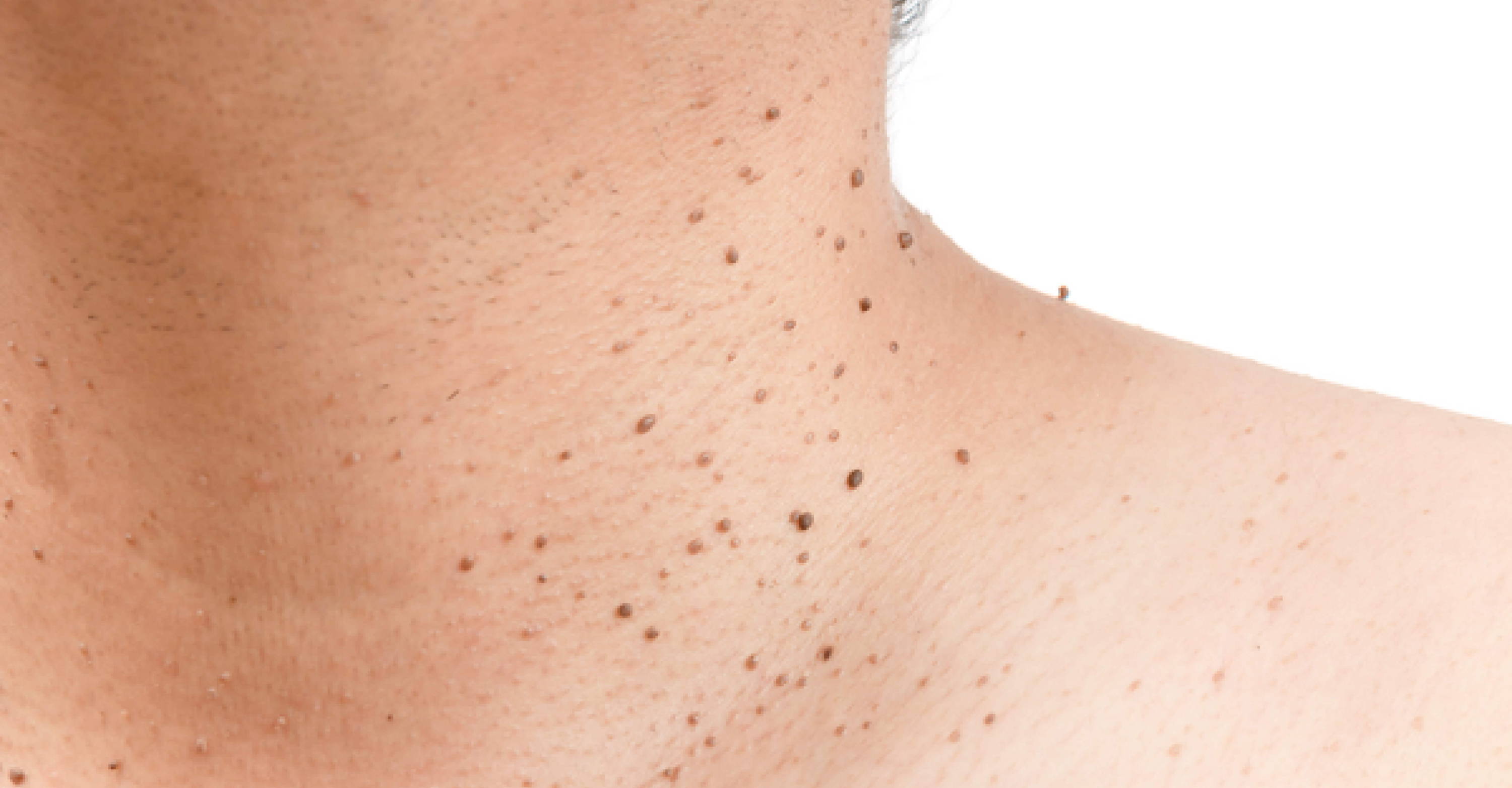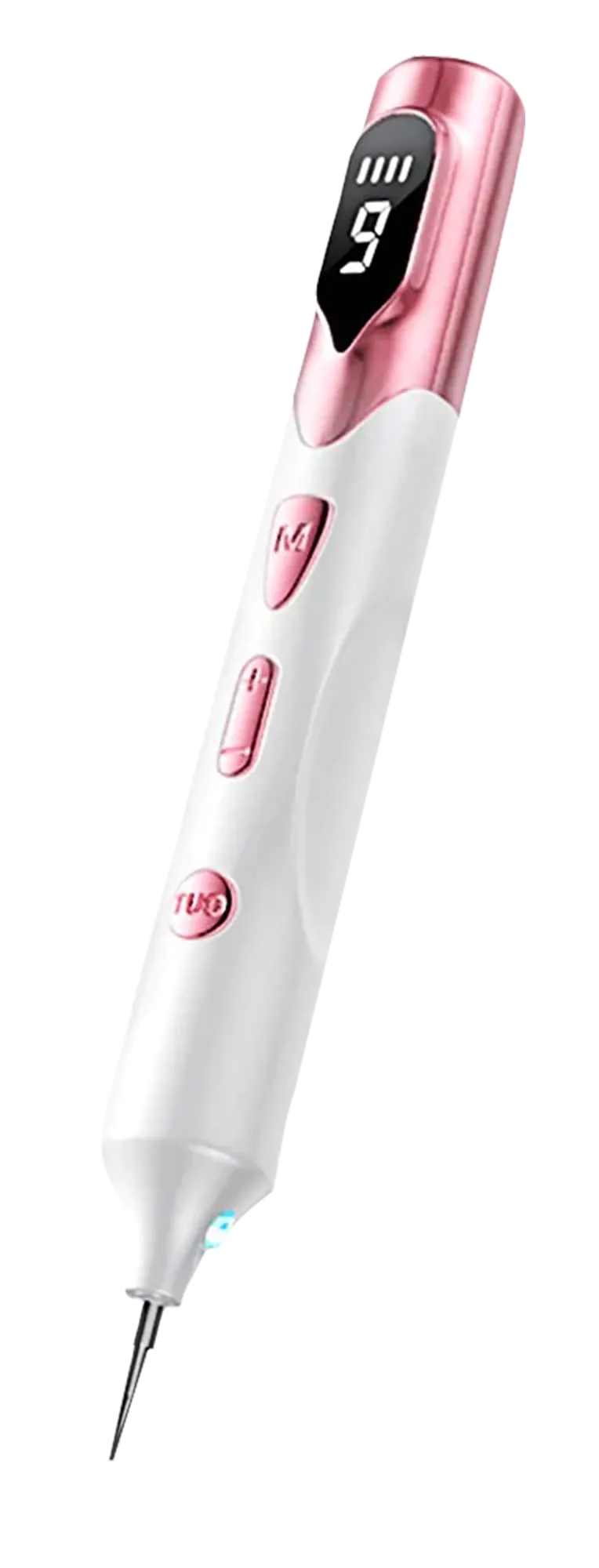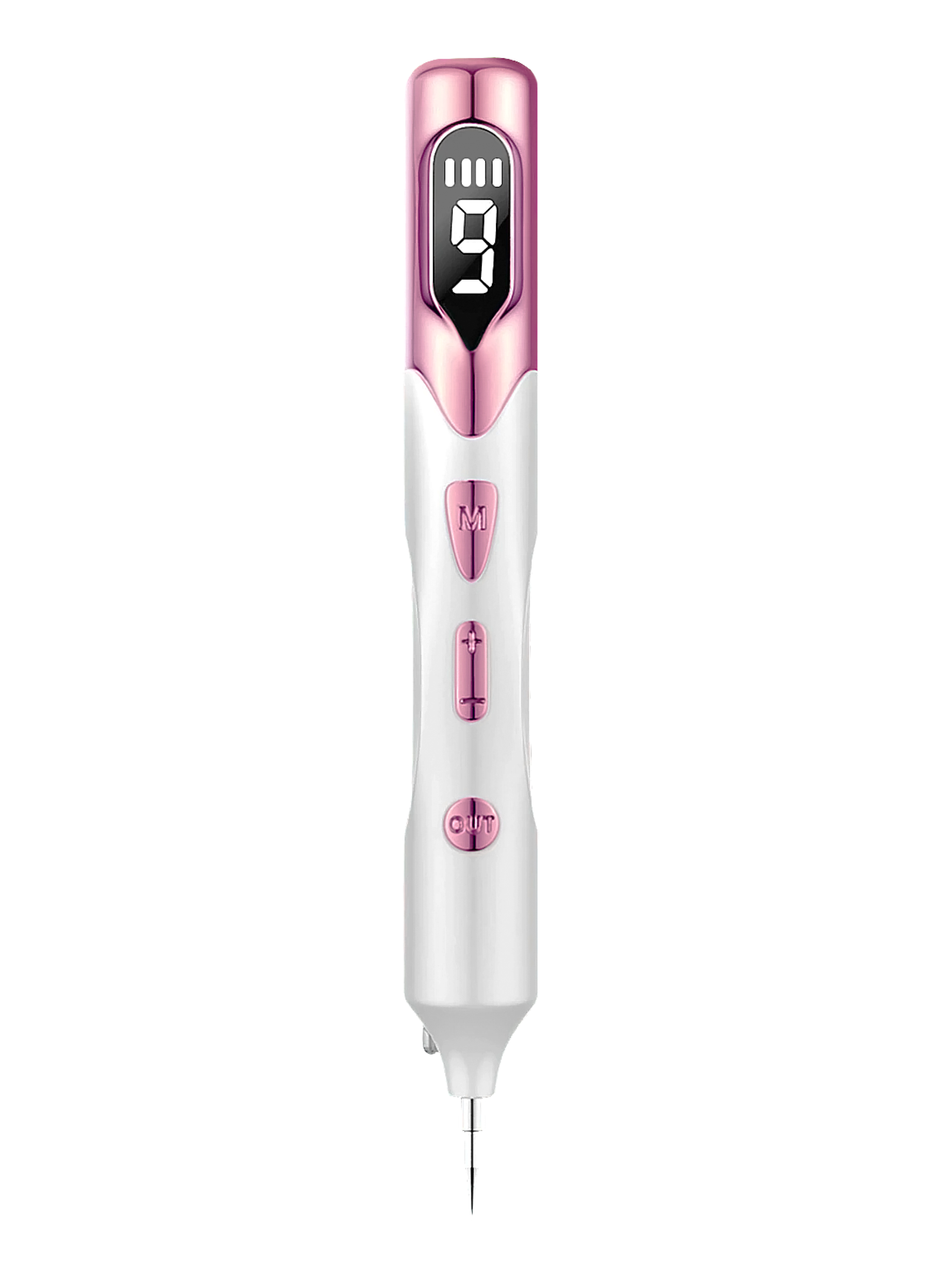Understanding Skin Tags Different Types & Appearances
Published on Aug 03, 2023

Types of skin tags
In this blog post, we will delve into the different types of skin tags based on their locations and characteristics.
Whether you're curious about skin tags on your face, neck, buttocks, inner thighs, belly button, or other areas, we have you covered.
We will explore the appearance and typical characteristics of each type, allowing you to recognize them with ease.
Plus, we'll address the common concerns and provide insights into when skin tags might be a sign of an underlying issue.
By the end of this guide, you will be well-informed about differentiating between skin tag types.
Let's dive in and explore the world of skin tags!
Common skin tag types
If you are wondering, How do I know what skin tags I have? You should know that they can vary in appearance.
Let's explore some of the most common types of skin tags and their distinct characteristics:
- Acrochordon: Most common type. And appear as small, soft, flesh-colored, or slightly darker growths with a narrow stalk. They are usually found in areas with friction, such as the neck, armpits, and groin. They are harmless and painless, but they may become irritated if clothing or jewelry rubs against them.
- Fibroepithelial: These skin tags have a fibrous and wart-like appearance and often occur in clusters. Generally flesh-colored and may have a rough or irregular surface. They commonly appear on the face, neck, under the breasts, and in skin folds. While they are harmless, they can be bothersome if they catch on clothing or get irritated.
- Hypertrophied: These are larger and thicker than other types. They have a similar appearance to acrochordon skin tags but are more robust and may have a slightly darker color. They are frequently found in areas with increased skin friction, such as the buttocks and under the breasts.
- Juvenile: These skin tags typically affect children and adolescents. They are smaller and more delicate than adult skin tags and are often found in the underarm and neck regions. These skin tags are generally harmless and may resolve on their own over time.
- Polypoid: These have a distinct elongated and polyp-like appearance. They are usually flesh-colored and commonly found on the eyelids, groin, and genital area. While they are benign, polypoid skin tags near the eyes should be removed by a healthcare professional to avoid complications.
- Butt: As the name suggests, butt skin tags usually develop in the anal or perianal region. They may vary in size and shape and are often asymptomatic. If you notice any skin tags in this area, it's essential to consult a healthcare professional for proper evaluation.
What about sensitive areas?
Skin tags can develop in various locations across the body, including sensitive areas.
Although the causes of skin tags in these regions are similar to those in other parts of the body, there are some factors that may contribute to their appearance in these specific areas.
- Buttocks: They are not uncommon, and may appear due to the natural folds and wrinkles of the skin in this area. Friction between the buttocks, especially in overweight people, can also influence their appearance. In addition, wearing tight or ill-fitting clothing can increase the likelihood of skin tags on the buttocks.
- Inner thighs: These are another area prone to frequent skin-to-skin contact due to activities such as running or walking. Friction and rubbing create an environment conducive to the growth of skin tags. Maintaining good hygiene in this area and wearing breathable fabrics can help reduce friction and potentially prevent skin tags.
- Belly button: This is a unique area where skin tags can develop due to the presence of a small, moist skin fold. This environment can facilitate the formation of skin tags, especially in people with excess skin. Keeping it clean and dry can be beneficial in preventing the development of skin tags.
Health Implications
While skin tags are typically harmless and benign growths, they can sometimes be mistaken for other skin conditions that may require attention.
It's essential to be aware of certain health implications related to skin tags, especially in specific medical contexts such as diabetes and human papillomavirus (HPV).
- Diabetes: Some studies have suggested a possible link between skin tags and diabetes. Individuals with insulin resistance or diabetes may be more prone to developing skin tags, as elevated insulin levels can contribute to their formation. However, it's essential to note that skin tags alone are not a definitive indicator of diabetes.
- HPV: In some cases, skin tags on the genital area may be mistaken for genital warts, which are caused by the human papillomavirus (HPV). These have a different appearance from typical skin tags and may require specific treatment. If you notice any growths in the genital region, it's crucial to seek medical evaluation.
Are there any skin conditions that look like skin tags?
Several other skin conditions can be mistaken for skin tags due to their similar appearance. These may include:
Moles: In most cases, they are harmless. And are caused by a cluster of pigment-producing cells called melanocytes.
- How to tell them apart: Typically darker in color and can be flat or raised, and may have the potential to develop into melanoma.
- Seborrheic Keratoses: They are common non-cancerous skin growths. They can occur on various body parts and generally do not cause any health concerns.
- How to tell them apart: Often tan, brown, or black in color and have a rough, waxy texture
- Dermatofibromas: They are benign skin growths that may resemble skin tags. They can occur after minor skin trauma, such as insect bites or injuries.
- How to tell them apart: Reddish-brown or tan and have a firm, raised texture.
When to seek medical advice
While most skin tags are harmless and don't pose any health risks, there are instances where certain skin tags may exhibit abnormal characteristics that warrant medical attention.
It's essential to be aware of the signs that may indicate the need for professional evaluation and possible removal.
Here are some of the alert signs:
Unusual size: Typically, skin tags are small and range from a few millimeters to a centimeter in size. If you notice a skin tag that is significantly larger or rapidly increasing in size, it's best to have it examined by a skincare professional.
Unusual color: While most skin tags are flesh-colored or slightly darker, any skin tag that appears dark, black, or multi-colored may be a cause for concern. Changes in color may indicate issues with blood supply, and immediate evaluation is advised.
Bleeding or pain: Normal skin tags are painless and do not bleed. If a skin tag becomes painful, tender, or starts bleeding, it may be an indication of trauma or infection, and medical attention is necessary.
What does an unhealthy skin tag look like?
- Larger than usual size or rapidly growing
- Dark or black coloration
- Multi-colored appearance
- Painful, tender, or bleeding
Are you ready to recognize your skin tags?
In this blog post, we have provided valuable insights into the different types of skin tags and their characteristics.
We have discussed common skin tags found in the body and explored skin tags occurring in more sensitive regions like the buttocks, inner thighs, and belly button.
Plus, we've delved into potential health implications.n relation to diabetes and HPV. And highlighted the significance of looking at skin tags for any abnormal changes.
While most skin tags are benign and harmless, recognizing abnormal characteristics can prompt timely medical evaluation and ensure your skin's health.

Understanding skin tags is essential for accurate identification and proper management. Early detection can also help address any potential risks associated with certain skin tags.
Embracing a proactive approach to skin health empowers you to make informed decisions and maintain the well-being of your skin.
Remember, while skin tags are generally harmless, seeking a solution with professional results is crucial to ensure proper care and treatment.
REMOVE YOUR SKIN TAGS AT HOME WITHOUT THE HIGH PRICE

Skintify Fibroblast Plasma Pen
✓ 60 day money-back guarantee
Get your Skintify Plasma Pen with 30% off!
Say definitely goodbye safely to skin tags. Don't miss your chance to get real results.
Visit the site now and place your order before it's too late. Get the flawless skin you've always dreamed of!
Deal ending in:
- 4780 Winchester Blvd, Frederick Maryland, 21703
- support@skintify.co
- +1 786 540 6175




